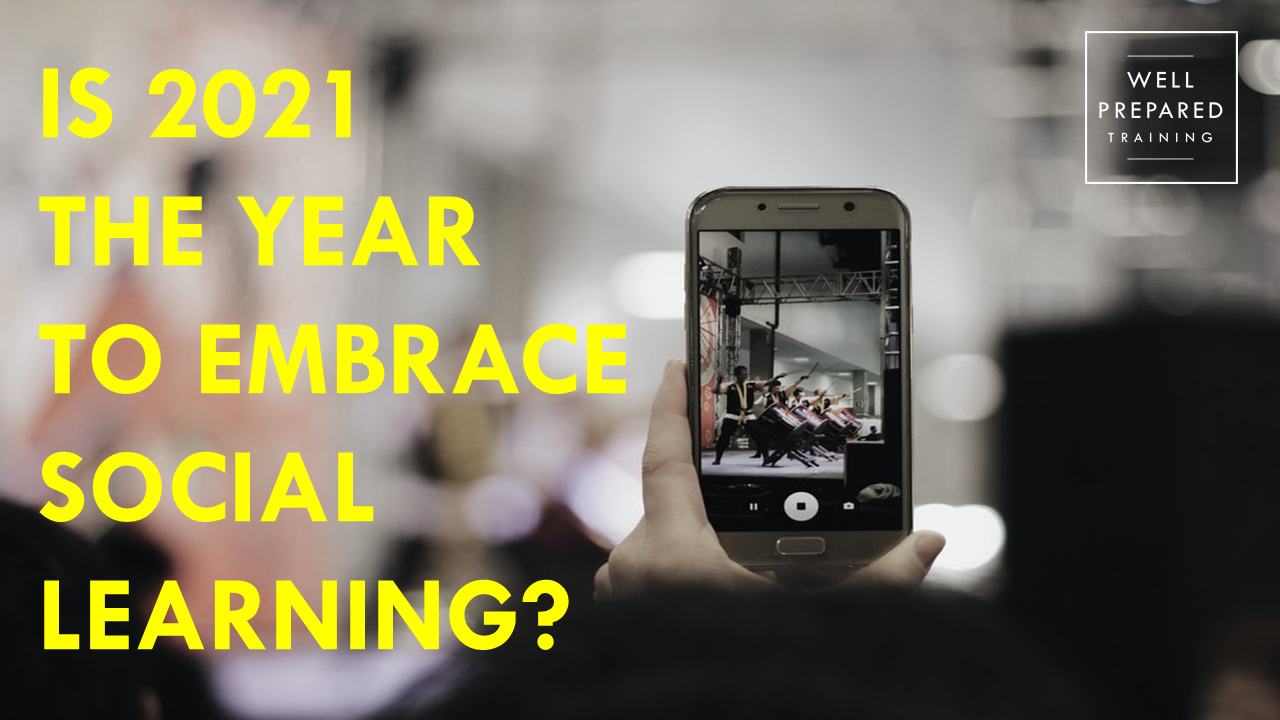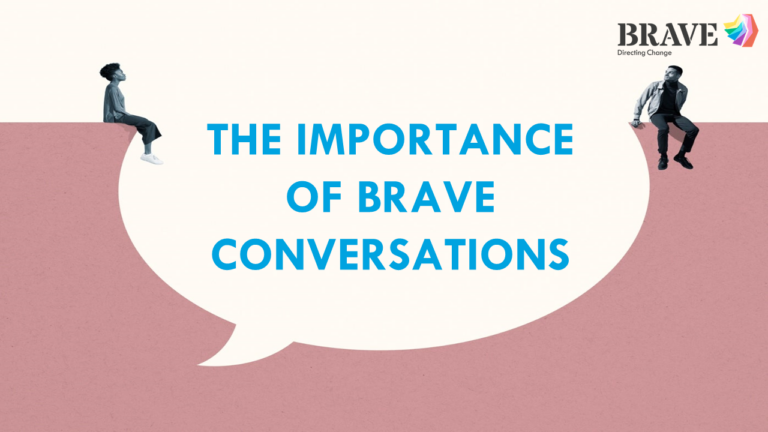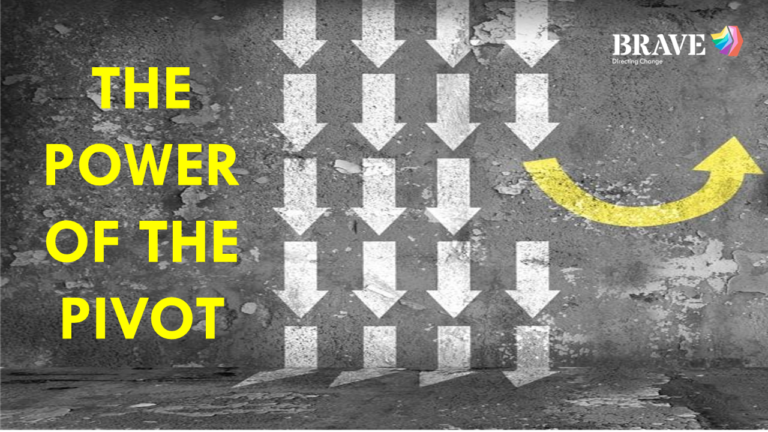his was the question in my brain at the beginning of last week. I’ve heard the term and why it was important and so I knew that I’d find the answer, and much more, as I was preparing myself to join the Learning Technologies Digital Experience.
If you missed this incredible opportunity to upskill your future tech awareness, it’s a 2-week conference helping those in the world of Learning & Development learn to incorporate fresh learning tools and technology for our clients. We’ve been twice in real life and so I knew this third experience, done virtually, would give us lots of ideas.
You can play catch up here. https://www.learningtechnologies.co.uk/ltdx-full-conference-programme-2021
So, after a little self-assessment I decided that because A) I like Social Media, B) I comment on LinkedIn and C) I’m fairly sure I’ve done a Tik Tok dance challenge at least once that I was ready to understand Social Learning.
I excitedly got ready for my session, delivered expertly by THRIVE, on ‘why 2021 is the year for social learning’. I polished my screen, selected my virtual background and practiced my best social media sparkly smile and jumped straight into the session. Turns out, no background needed but hey, I was prepared ?
STAND OUT POINTS
We talked about future proofing your L&D strategy by at least getting the ball rolling on this exciting innovation.
We marvelled at real world examples of some incredibly clever social learning wins with a couple of great case studies from THRIVE Learning.
I learned loads to share with our clients and so here are my key takeaways.
USER GENERATED CONTENT
I thought back to when I watch my nephews ‘messing around’ on their devices and just see it as harmless play. During THRIVE’s session it dawned on me, that, in fact, they’re actually creating content. User Generated Content. It doesn’t have to be super polished and professional.
Platforms like TikTok & Clubhouse have shown that content generated by ‘ordinary folk’ (instead of uber glossy paid influencers) is vastly more engaging and becomes self-generating:
People Create – People Watch – People Create.
IT’S OK NOT TO BE IN CONTROL.
We need to accept that by letting other people make content, there is a fear of losing control. The mindset shift that’s needed here is that your people are already doing social learning over coffee, in team meetings, 121’s and on virtual calls – you’re simply giving the rest of your organisation access to it.
Trust the individual & your existing culture.
WILL IT BE ‘ON BRAND’?
There may be concerns that this new user generated content won’t support or align to strategic aims or your culture. We need to see this content as insight into what people actually need for their day-to-day work – you’re actually getting closer to your organisational needs as a result.
This doesn’t replace your L&D strategy; it simply enhances it.
IT’S NOT A COMPETITION!
We don’t quite have the same budgets as the global social giants so don’t panic – we already know we won’t be quite as ‘cool’ as TikTok, but this is about your tone & a desire to co-create a social-learning space for your teams. Pick your people wisely and use those that want to get involved & create ideas – they’ll want to cascade & generate interest themselves.
Start small if you need to and build your content and following as your grow.
In summary, I opened my eyes to a world where I’m not always responsible for all the content, or the learning, or even sourcing it. Frightening? Maybe.
But if users are generating content that I can celebrate, share and use to support a future where everyone learns, who am I to argue?
Consider me a future social learner and trust me, next time I’ll be paying way more attention to the nephews creating content.
Sara Hickman


